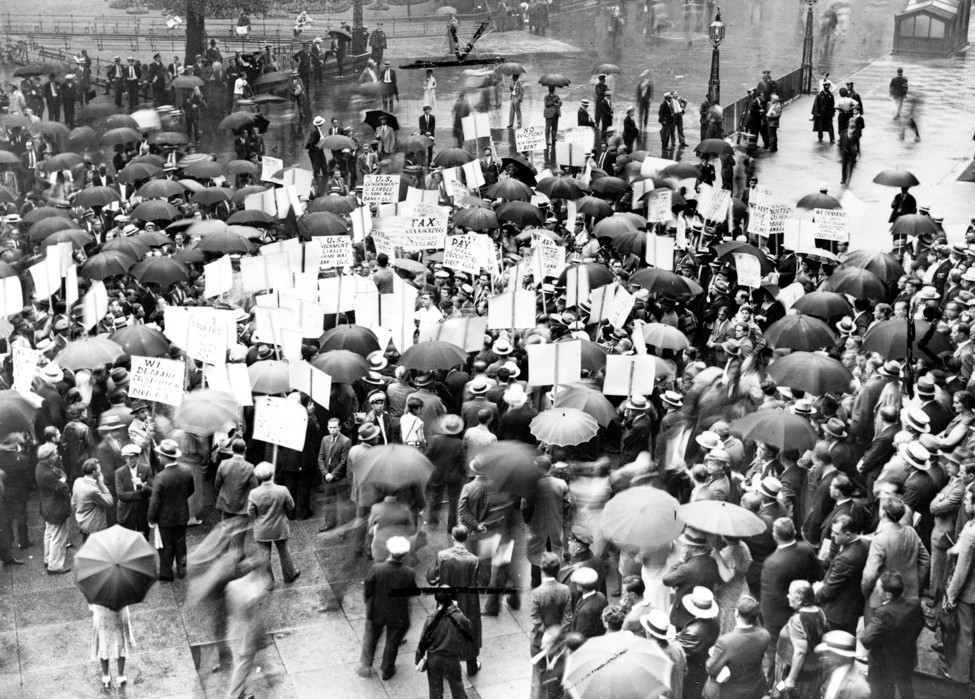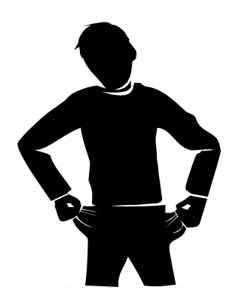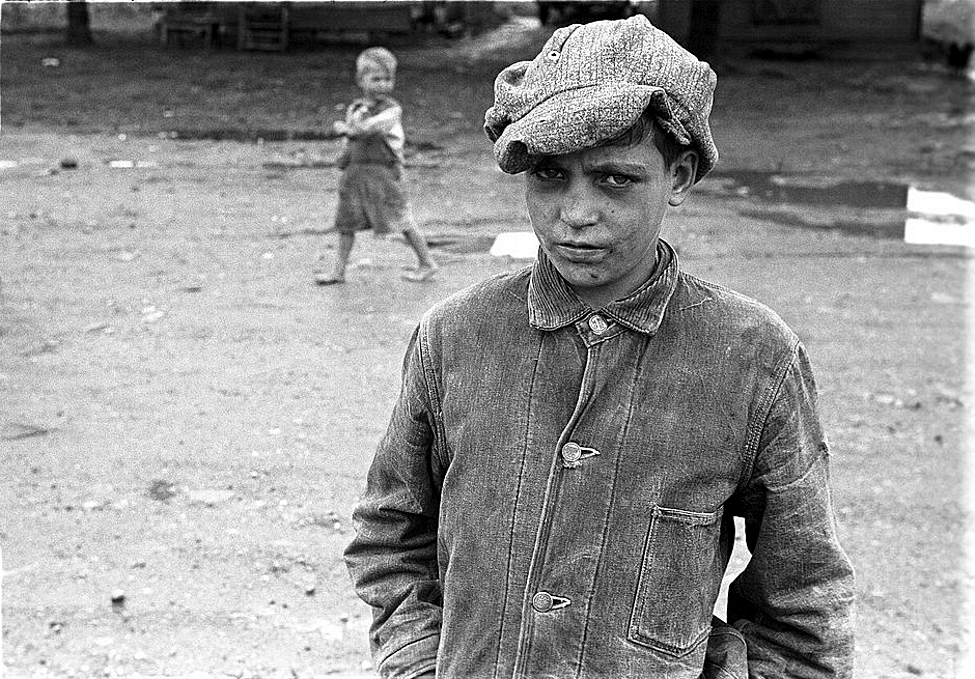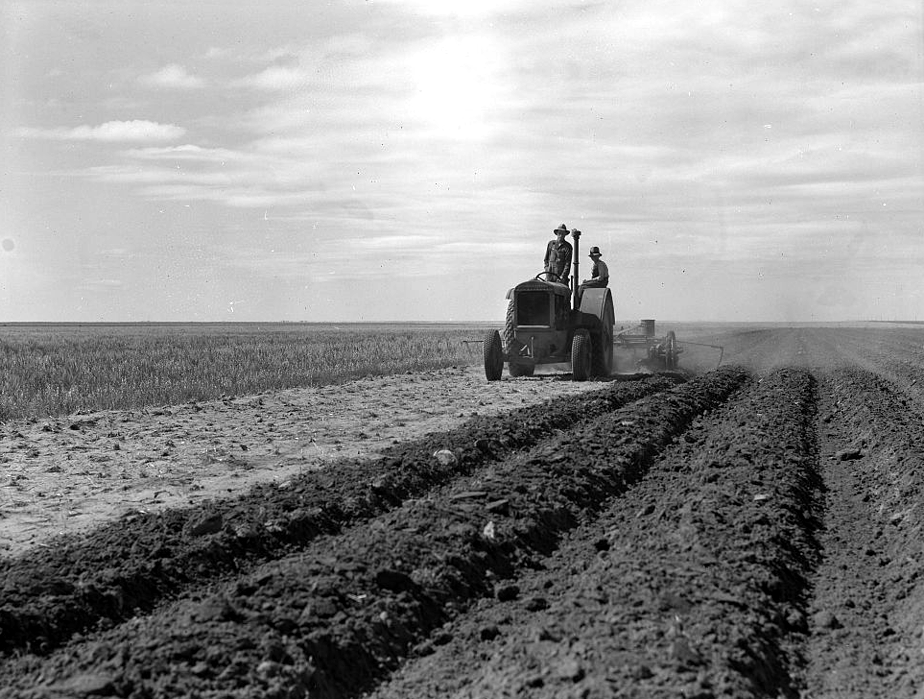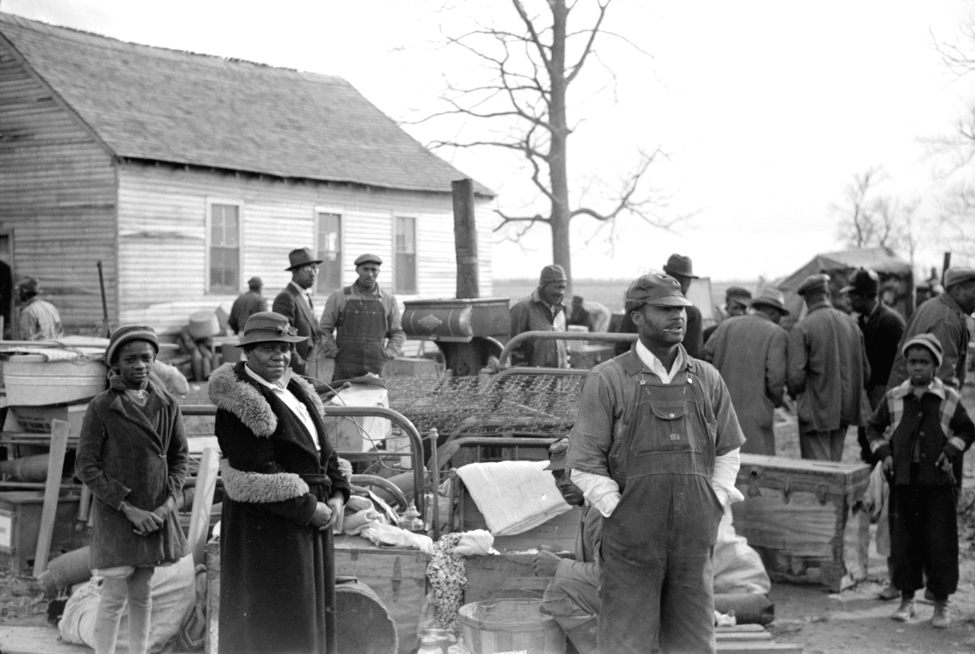1.
Many banks
and businesses failed
and businesses failed
The photo below shows a crowd outside a large bank in New York City that closed in 1930. The people were demanding the money they had deposited in their savings and checking accounts. The bank did not have enough to pay them all at once.
Banks loan out most of the money they take in as deposits. If too many people come at the same time to get their money out, the banks can run out of cash.
Many other banks around the country were also failing as worried customers rushed in and tried to get back their money.

